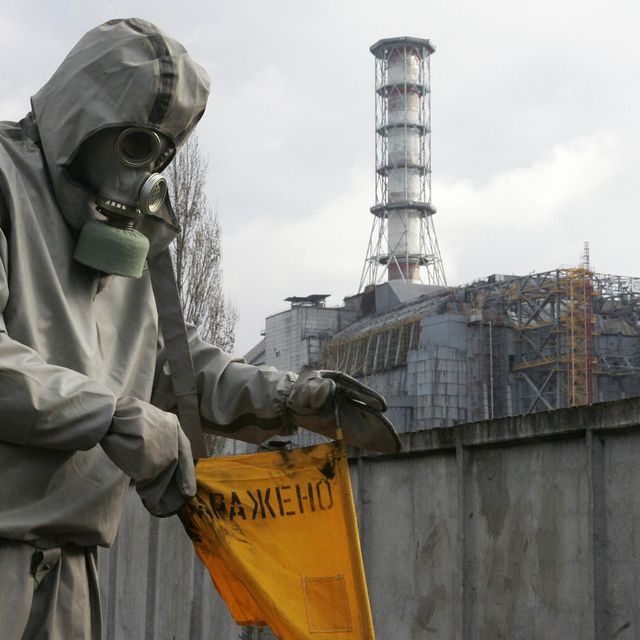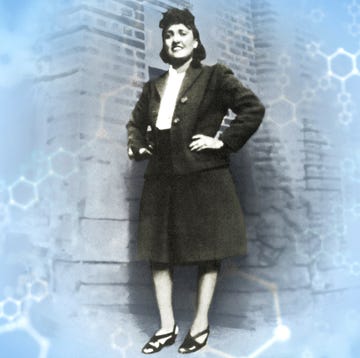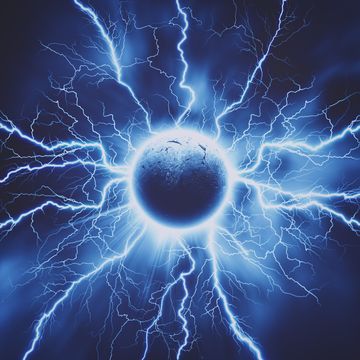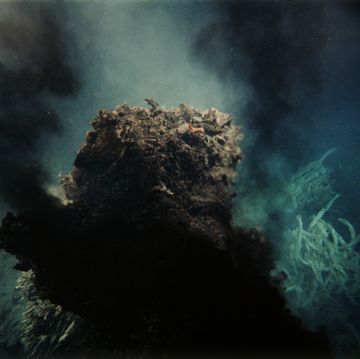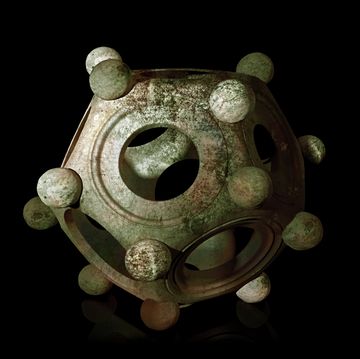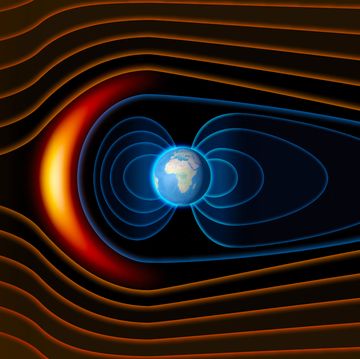- The International Atomic Energy Agency (IAEA) says Russian troops risked causing an accident at the defunct Chernobyl Nuclear Power Plant near Pripyat, Ukraine.
- Radiation levels increased at the site following the Russian takeover, and it’s still considered “not stable.”
- Russian forces still hold the working Zaporizhzhia Nuclear Power Station in southern Ukraine.
Russian troop activity at the Chernobyl Nuclear Power Plant since February has led to an elevated risk of an accident or harmful radiation exposure. Ukraine regained control of the site near Pripyat in March, but it still presents a situation that is “not stable,” according to the International Atomic Energy Agency (IAEA), the United Nations’ atomic watchdog.
Speaking at an event last month marking the 36th anniversary of the Chernobyl nuclear disaster, IAEA Director-General Rafael Mariano Grossi said the Russian occupation presented an abnormal situation for workers, plus heightened radiation levels, which are still higher than normal, although not at a level that is dangerous for one-time exposure; the radiation level is concerning for continuous exposure, though.
⚡️Science explains the world around us. We’ll help you make sense of it all–join Pop Mech Pro.
“I don’t know if we were very close to disaster, but the situation was absolutely abnormal and very, very dangerous,” Grossi said, adding that authorities will remain on alert because the situation is still not secure.
On April 26, 1986, an explosion at the Chernobyl Nuclear Power Plant blasted radioactive material into the atmosphere and the Soviet Union spent billions of dollars to secure the area. The plant’s four reactors have been shut down ever since, and an encasement called a sarcophagus covers the location of the original explosion and fire. Spent nuclear fuel rods are still on site and require continued maintenance to remain cool.
Between February and March, Russian troops spent about a month in control of the former power plant within the radiation-contaminated Chernobyl Exclusion Zone before vacating the site (about 80 miles north of Kyiv) for eastern Ukraine. During the occupation, workers were held at gunpoint, only allotted meals twice per day, and forced to sleep on tabletops.
The Russian takeover of Chernobyl cut off communication to the site and severed the plant’s main source of power, forcing diesel generators to continue circulating water to cool spent nuclear fuel. Russian troops digging trenches in the Exclusion Zone’s Red Forest stirred up highly contaminated soil.
“It’s crazy, really,” Ukrainian Energy Minister German Galushchenko told CNN. “I really have no idea why they did it (go into the Red Forest). But we can see they went in there, the soldiers who went there, came back here and the level of radiation increased.”
At points during the Russian occupation of Chernobyl, radiation measurements stretched higher than control levels, attributed to the soil movements from heavy military machinery.
Chernobyl isn’t the only nuclear site in Ukraine worrying officials. Europe’s largest nuclear power plant—Zaporizhzhia in southeastern Ukraine, one of the nation’s four active nuclear power plants—is under Russian control and suffered damage to some of its buildings as Russian troops shelled and fired at the facility during the takeover. The IAEA is calling for inspections at the location, but so far hasn’t had the opportunity to visit.
Tim Newcomb is a journalist based in the Pacific Northwest. He covers stadiums, sneakers, gear, infrastructure, and more for a variety of publications, including Popular Mechanics. His favorite interviews have included sit-downs with Roger Federer in Switzerland, Kobe Bryant in Los Angeles, and Tinker Hatfield in Portland.
